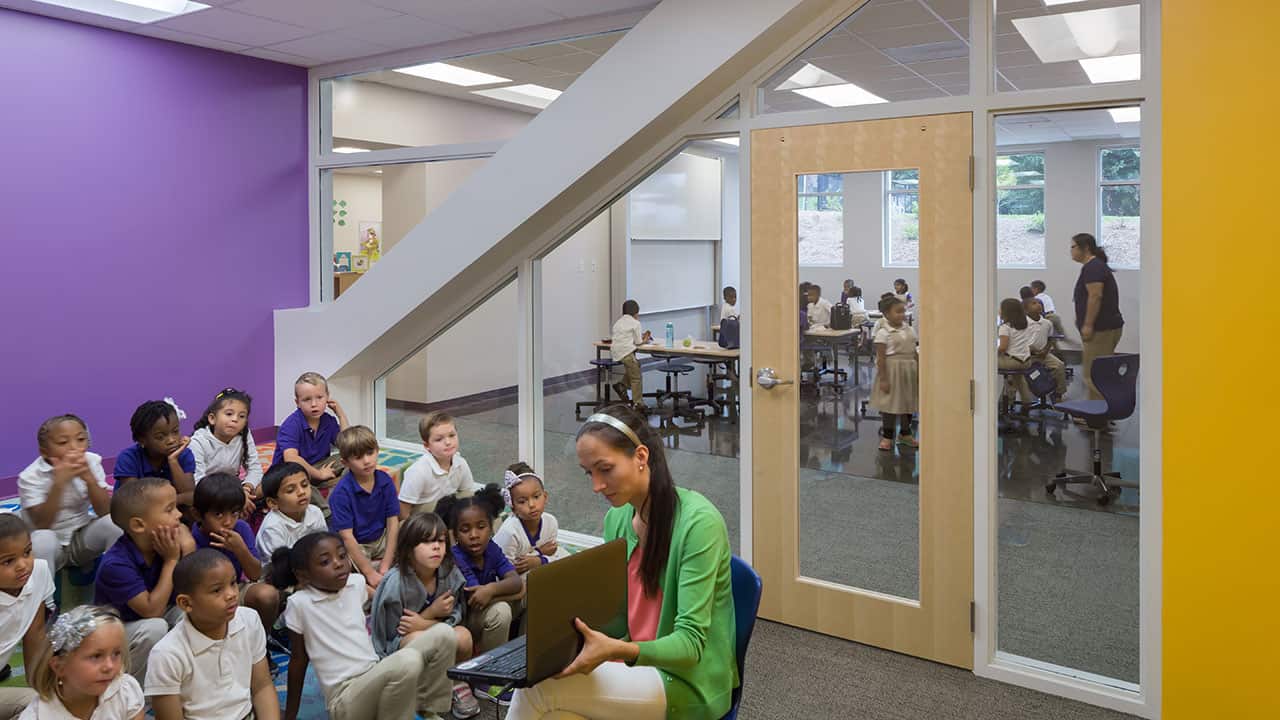As designers and facility managers we are responsible for the environment that we keep. In order to make those environments effective, we need to understand the organisms that we’re designing for: HUMANS. Chances are we’re not really thinking of architecture in terms of how it relates to the human body and even more importantly, the human brain.
The goal of this discussion is to introduce you the neurology of the human body, to raise awareness of how architecture impacts the neurology of the human body – for the better, and for the worse – so that designers & facility professionals understand how to design for a more positive impact; perhaps even making building inhabitants healthier, happier, and better.
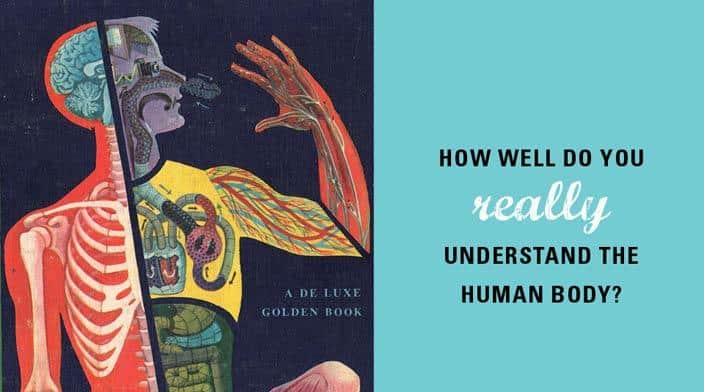
Humans have developed very complex neurological systems through our evolution. The human brain contains 100 billion neurons, and 100 trillion connections. By understanding these systems we can design environments that actually benefit the Users, and stop designing environments that have a negative impact – in some cases actually shortening the life of the User.
Here are some questions we all as designers should be asking ourselves:
- Do we understand the importance of the color spectrum of light, and how by not specifying certain color temperatures, we can actually be contributing to making the people inhabiting our spaces unhealthy?
- Do we understand the use of color and the role it plays in helping people make sense of a space, or have it lead to confusion for the User?
- Do we understand how to create environments that actually lead to a healthier brain for the Users?
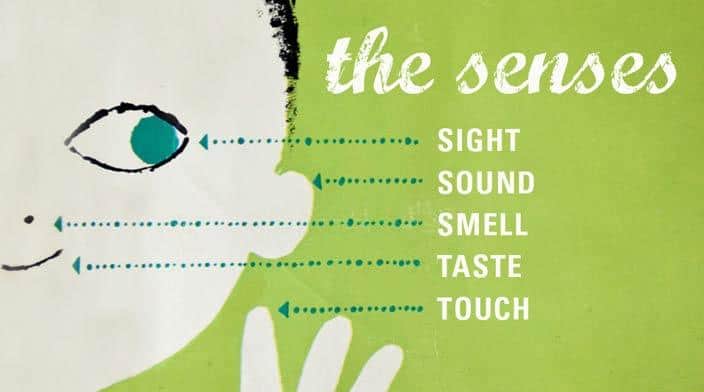
MAKING SENSE OF THE SENSES
Most people have no idea that there are actually over 20 human senses. Most of these are tied to involuntary physiological operations and responses, such as your body letting you know when you’re hungry or the way the hair might stand up on the back of your neck when you perceive danger. As a general rule, senses are based on receptors throughout the body that send signals to the brain that are then translated into the sensory phenomena we have some to know through reason relative to our experiences and our knowledge base. For our purposes, we’re going to focus on the 5 sense we’ve all been familiar with since childhood. In conjunction with this discussion, a review of sensory illusion and various phenomena better clue us in as to how the brain processes information received by each of the senses.
There are a few definitions that may be unfamiliar:
Proprioception: The sense of the relative position of the neighboring parts of the body and strength effort being employed in movement.
Egocentric Predicament: A theoretical separation between the real world and the world as we perceive and know it.
Below is a breakdown of the “big five” senses:
Vision: sensory receptors, known as rods and cones, in the retina receive lighting and colors in the environment. Rods are responsible for light intensity, and cones receive color stimuli.
Touch: there are five nerve endings in the human skin that transmit signals to the brain for interpreting tactile experiences:Heat, Cold, Pain, Itch, and Pressure.
Sound: like the sense of touch, hearing, known as a mechanosensation, is a mechanical response to physical stimuli in the environment. Sounds are received in the ear through vibration, simplified and sorted out, and auditory nerves transmit the information to the brain stem.
Smell: Olfactory stimuli trigger various receptors which, like the other senses, are sifted and translated in the brain to a defined experience based on context and historical information previously processed in the brain. The sense of smell is closely tied to the human memories because the olfactory bulb has access to the amygdala, which is responsible for processing emotion, and the hippocampus, which handles associative learning.
Taste: Taste is, functionally, a bit of a hybrid between touch and smell. Receptors, known as taste buds, on the tongue are responsible for transmitting information received through contact with outside stimuli. The taste buds are organized on the tongue as follows: salty and sweet on the front, sour on the sides, bitter in the back, and a bit of a dead spot in the middle.
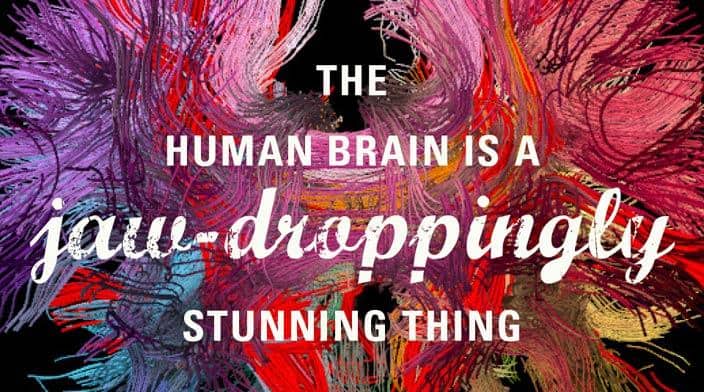
THE BRAIN
The human brain is a jaw-droppingly, stunning masterpiece in how it controls our behaviors, our emotions and our body. There are certain critical functions that it takes care of independent of our conscious thought or response, things like breathing, heartbeat, and hormone regulation. And then, there are the ways in which it adapts and learns so that we can respond to changing conditions, external stimuli and problems that need to be solved. It’s the perfect combination of Nature (what we’re born with) and Nurture (what we’re exposed to). While culture often plays a role in human response to certain things, there are other automatic response to fundamental to human health that they transcend Nurture and culture. Here are three examples of how our brain powerfully reacts to the environment around us:
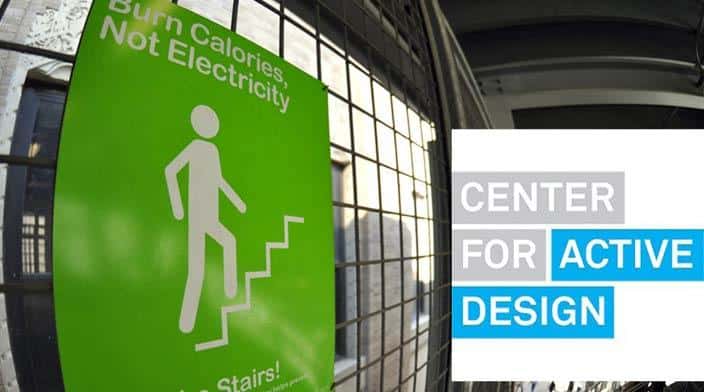
CASES STUDY #1 – ENRICHED ENVIRONMENTS & SALUTOGENIC DESIGN
Experience and environment can change the underlying structure of the brain, and increase neurogeneration and neuroplasticity. It demonstrates that by designing spaces that increase physical activity, an environment can actually increase brain neurons and improve brain function. Neuroplasticity is strengthening of neurons by establishing new connections in the brain, also called cortical remapping. Dr. Rusty Gage, at the Salk Institute conducts research on neuroplasticity and neurogeneration, and the effects of aging on both of these processes. Experiments were conducted on mice placed in different environments and the result showed that mice placed in an enriched environment, where they had immediate access to a running wheel, showed a 15% growth in their hippocampal neurons, where the mice in the simple fish tank environments did not. The hippocampus is the part of the brain that is involved in memory forming, organizing, and storing, so it is not surprising that the enriched environment mice also performed better in tests involving memory and learning.Experiments were conducted by Columbia University on human subjects, putting them on a 6-week exercise regimen and the results were similar; subjects involved in the physical activity showed increased brain activity and blood glucose levels, and scored higher on tests involving memory and learning.
Salutogenic Design – is an approach focusing on elements that support human health and well-being, rather than on factors that cause disease. In a design sense, it is creating environments that support the occupants, physically and psychosocially.
Active Design Movement – seeks to reduce obesity and chronic diseases by promoting physical activity through the design of buildings, streets and neighborhoods. Measures can include not locating elevator cores in prominent locations and designing stairs that engage the occupants, encouraging them to use the stairs. Other measures for designing enriched environments can include the creation of reconfigurable spaces that offer novelty and reinforce different ways of using the same space.
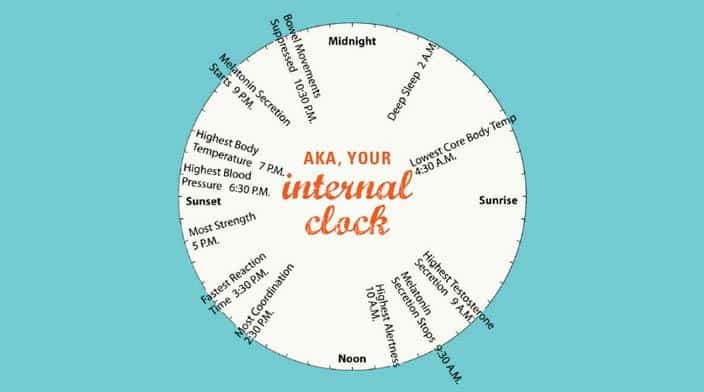
CASE STUDY #2 – CHRONOBIOLOGY & CIRCADIAN RHYTHM
Designers and facilities professionals know that design tools include line and plane, light and shade and color. However, very few know that how light is manipulated can have a profound effect on the people who encounter it. If one were to look at the earth from space, major population centers would be visible because of the light pollution that they project. Additionally, around each of those centers of light pollution there are higher incidences of depression, and obesity, sleep disorders and people on anxiety medicine. Many researchers tie these factors to the use of artificial lighting and disruption in circadian rhythm.

Natural daylight carries a broad spectrum of color. The human body gets cues from the color spectrum in daylight, and it regulates itself based on these cues. Removing or flipping these light waves plays havoc with the release of hormones in our bodies and the resulting services that they perform. The suprachiasmatic nucleus, or SCN, regulates circadian rhythm by taking the cues it receives from daylight and responds depending on the color spectrum and intensity of daylight it receives. It then delivers hormones based on which part of the day it reads. The body releases cortisol in the blue morning light to begin the waking process, and releases melatonin in the red evening light, helping the body to lapse into sleep and promoting the restoration of the body. Melatonin is a tremendously powerful hormone antioxidant which does things like protecting DNA against certain carcinogens, helping to prevent cardiac arrhythmia, and actually reducing damage caused by certain forms of Parkinson’s disease. Studies are now beginning to unlock the importance of sleep in a myriad of seemingly unrelated health issues like Alzheimer’s and weight gain. How we tune lighting in a space can have consequences that most of us are unaware of. The way that designers manipulate natural and artificial light within buildings can have a direct effect on the health and welfare of the people occupying the buildings. Frequently overlooked is that the way buildings are maintained and the importance of specifying the correct temperature of replacement lamps.
CASE STUDY #3 – IMMERSIVE ENVIRONMENTS & BIOPHILLIC DESIGNThe last case study looks at the importance of designing with natural elements and creating spaces that allow building inhabitants to have views to nature, even to the point of being able to project themselves into that natural landscape.
The Savannah Image – a vestige of evolutionary memory of outdoor space consisting of plains image, trees which can provide protective cover, if needed, and calm water somewhere in view. 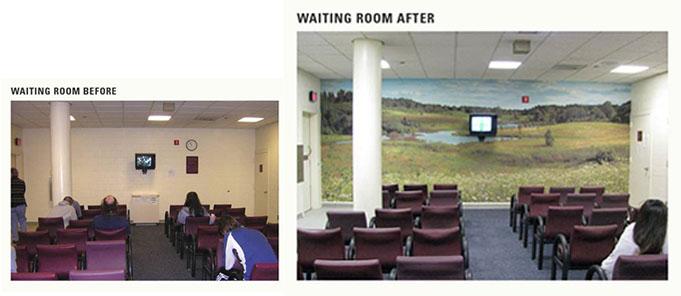 Architects Jay Farbstein & Melissa Farling did an experiment, placing a 9’ x 22’ savannah image mural on the wall on the jail intake facility in Sonoma County Jail, in Santa Rosa, CA, which had no other sources of natural daylight. They installed it for a 6-week period and took heart rate variability measurements on the officers who worked in the facility, before and after their 8-hour shifts.
Architects Jay Farbstein & Melissa Farling did an experiment, placing a 9’ x 22’ savannah image mural on the wall on the jail intake facility in Sonoma County Jail, in Santa Rosa, CA, which had no other sources of natural daylight. They installed it for a 6-week period and took heart rate variability measurements on the officers who worked in the facility, before and after their 8-hour shifts.
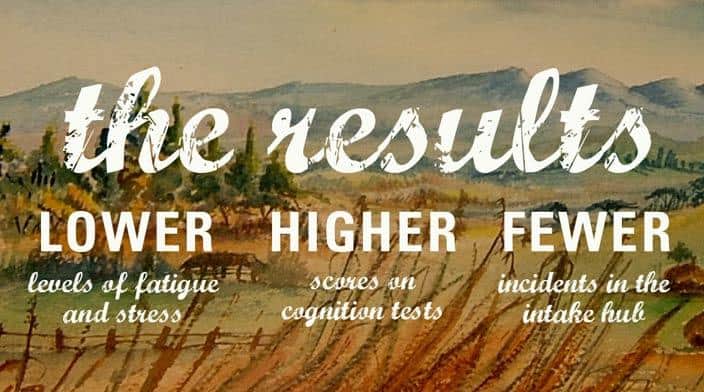
Their findings showed significant impacts in reducing stress reduction for the staff, after the installation of the savannah image. The staff was less fatigued and scored higher on cognition tests. Consequently, there were also fewer incidents in the intake hub during that time.
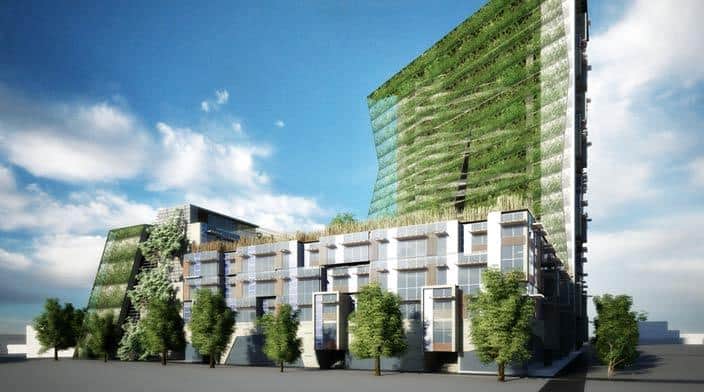
Biophilia – the love of living things or living systems. It is a term coined by Erich Fromm to describe the attraction and positive effects that exposure to natural or natural systems has on humans on a biological and neurological level. Humans prefer shapes that are soft, organic, circular, and repetitive, which also can reduce stress. Introducing natural views, or natural elements into any environment: materials, views, images, textures, and even colors can reduce stress on a physiological level that most people aren’t aware. Elements that remind people of trees, like the use of wood or stone, provide a sense of coherence and a sense of scale that can be quieting. Elements that remind or expose people to water calm people and bring stress levels of cortisol and blood pressure down.
The Tahari HQ Courtyard, by Michael Van Valkenburg & Associates– this building incorporates a central courtyard and is populated by archetypal natural elements that are extremely figural: rough-hewn wood planks, birch trees with peeling bark, cool river stones, soft green moss and grass. The space affords direct views from the workspace, allowing the people working around it to project themselves into the setting. This allows them to decompress, bring stress levels down, and really just soak up and enjoy an amazing setting.
If each of our brains change as a result of our experiences and the environments to which we’re exposed, then the designed environment can actually change our brains…and by extension, our behavior. As professionals working to design and maintain working environments, it becomes our responsibility to familiarize ourselves with the way these environments impact the inhabitants, and take great care to create these environments so that they have a beneficial impact on the end users.
